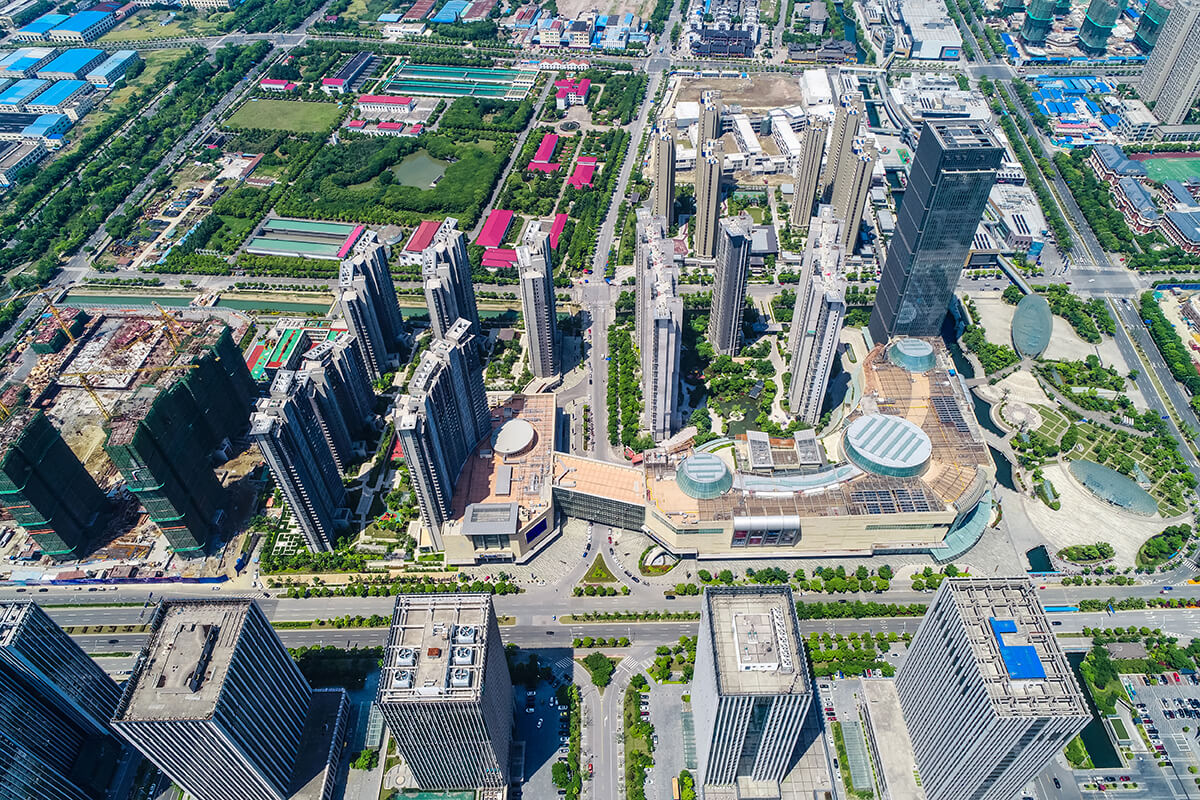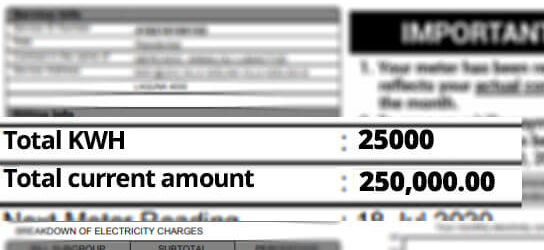“Biogas has huge untapped potential”
Source: International Energy Agency (IEA)
Southeast Asia is one of the world’s fastest-growing economic regions. This growth results in increased production of organic waste and demand for an affordable and sustainable energy source. This is where the potential for Biogas in the Southeast Asia region lies
Energy Demand and Rising Carbon Emissions
“Southeast Asia’s electricity demand growth has been among the fastest in the world”
Source: International Energy Agency (IEA)
According to the report, It is expected that the region’s economy will double in size by 2040 and the population in urban areas will rise to 120 million. This will drive energy demand which is expected to increase by 60% by 2040, with an average growth of 6% per year.
“Southeast Asia has considerable potential for renewable energy”
Source: International Energy Agency (IEA)
Southeast Asia’s economy is a large producer of agricultural products which means it also produces large quantities of organic waste. An article published by Bioenergy Insights notes that the region has the potential to implement a substantial number of biogas plants using agricultural and agro-industrial residue as feedstock.
Right now biogas accounts for 330MW of its total capacity and remains untapped. The report estimates around 35 million tonnes of oil equivalent (Mtoe) of biogas can be produced and by 2040 it could reach 55 Mtoe.
Biogas sector status in the Philippines
In the Philippines, energy is still dependent on imported fossil fuels and with the recent events of 2020, fossil fuel cost is rising and so does electricity. This has opted the government to look for renewable energy sources as an alternative. Last June 2020, part of the house committee in climate change resolution on climate emergency response includes calls for not permitting new coal power plant
Senate Committee on Energy, Senator Sherwin Gatchalian also said that they support the transition to greener energy with 10 bills pending in the senate that will ensure a smoother transition to renewable energy.
With green energy option regulation allowing renewable energy producers to sell electricity directly, the biogas industry is expected to expand. This sector is also becoming competitive in the remote islands where electricity cost is high. Even though imported fossil fuel cost is rising, agribusiness like poultry, rice mill etc. is producing at a steady pace and with that, a steady supply of organic waste can provide a more sustainable and stable energy source.



One thought on “Biogas Potential In The Philippines, Southeast Asia | Reurasia”
And the organic waste is also a rich source of nutrients. If properly digested together with manure it’s a rich source of Urea which is now most of the time artificial. Contaminated bio-solids, with a lot of carbon stil in it but also contamination’s, can be treated by high temperature processes, decomposing the waste into a carbon fraction, vitrified waste en some methane. That carbon is a good carrier for the ammonium, phosphates etc. as slow release fertilizer. Bio-digestion for gas is improved by adding that bio-char to the digestor to produce 1.5 to 2 times more biogas (of richer methane content as well).
With new piggeries housing, including separation of urine and manure right from the start, piggeries can improve substantial in biogas production on-site. Lots of the digested material has little odor and the piggeries themselves do emit less.